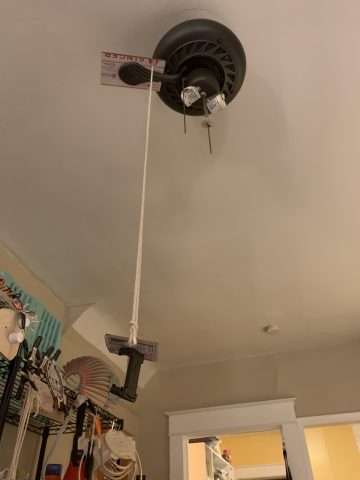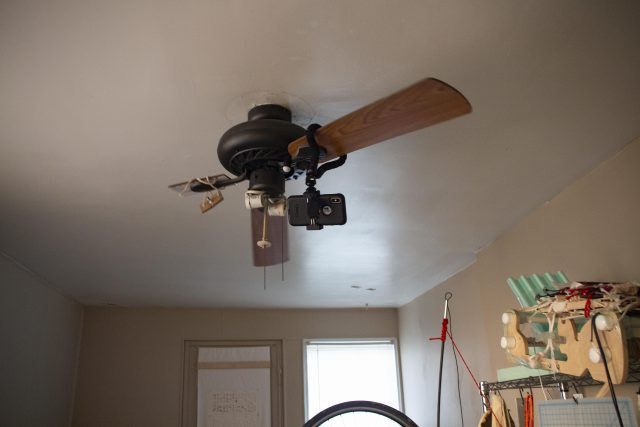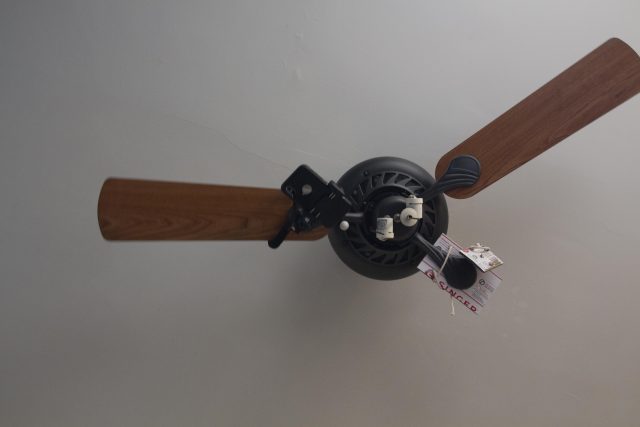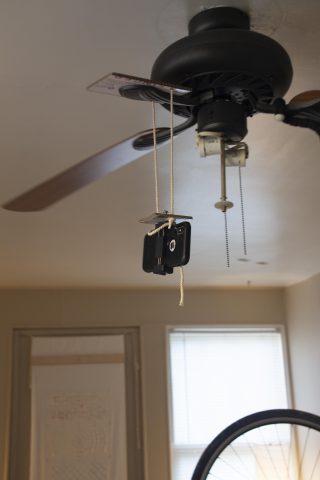This past weekend in my normal scroll of the internet I happened upon a post by Philippe Dubost (@philou.cc) who has been posting shots using light painting with a pixel stick to write phrases in Montreal.
He has also posted a video tutorial on how to create the same effect using TouchDesigner.
So I set it up and my girlfriend and I spent some time playing around the apartment drawing with phones and flashlights. What became interesting was that since it was looking for the brightest spot, a reflection on a wall would also trigger the feeback/line to continue.
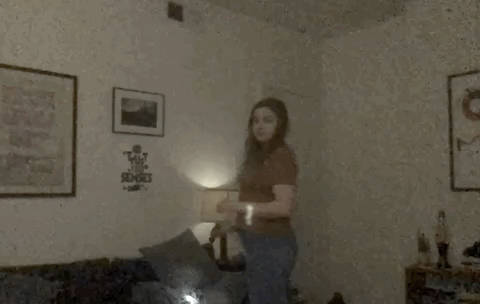
We than started painting our faces with light, with led to using the flash of a camera to imprint a silhouetted reflection.
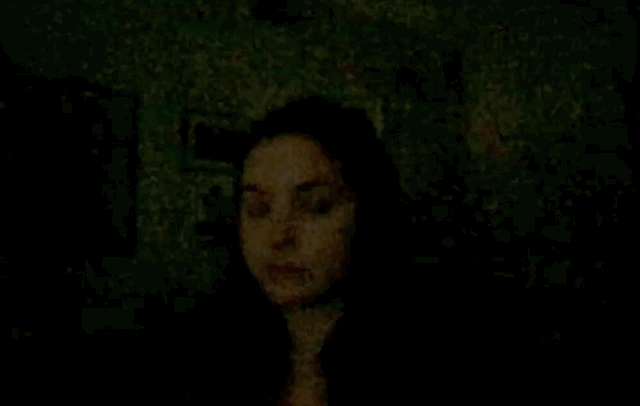
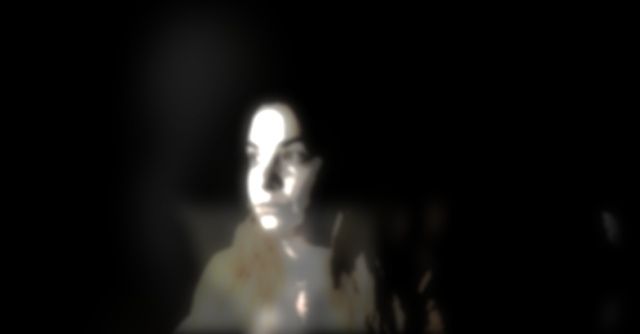
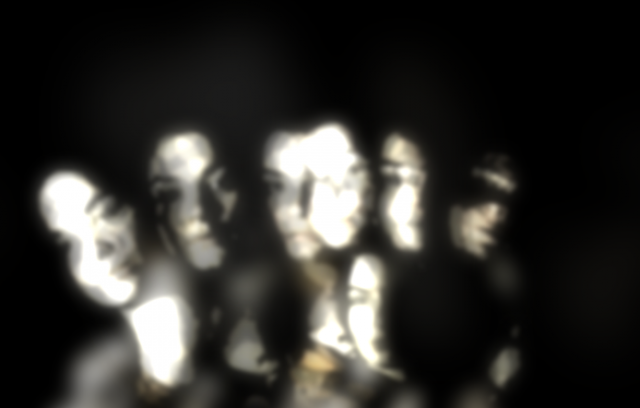
I realized that doing this was the inverse of what photograms were. Rather creating exposures by blocking light, this process was producing similar effects by reflecting light.
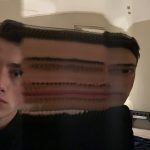

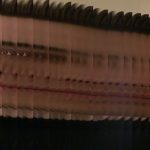
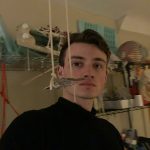
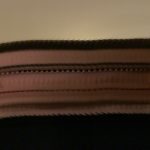
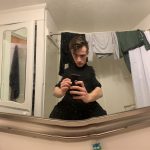
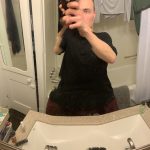
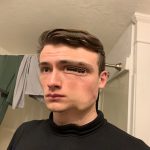

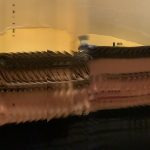
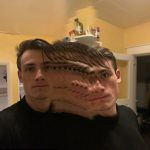
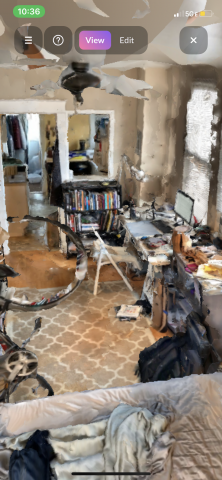
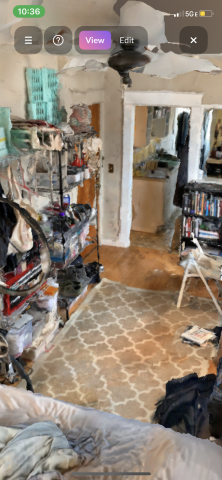 See full model
See full model 